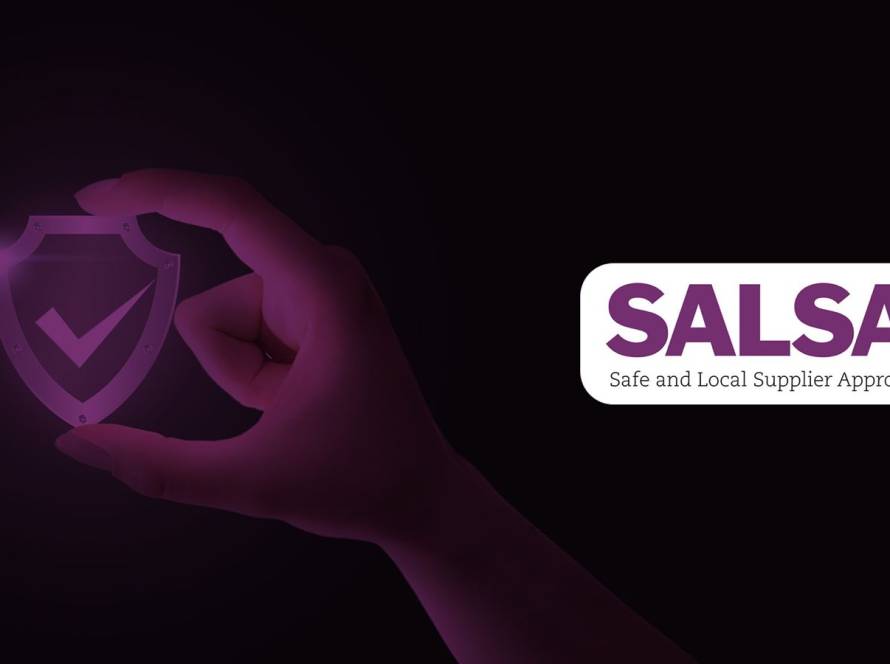If you’re a pest control provider in the UK aiming to work with food manufacturing, processing, or retail businesses, understanding the requirements of BRCGS is essential.
The British Retail Consortium (BRCGS) framework places a strong emphasis on pest management as a key element of food safety. Food businesses are under constant pressure to maintain their certifications — and they rely on pest control partners who can help them meet those standards with confidence.
In this article, we’ll cover:
– What BRCGS is and why it matters
– Pest control responsibilities under BRCGS
– Essential documentation and procedures for compliance
– How Insectram helps pest control companies support certified food clients
What is BRCGS?
BRCGS stands for The British Retail Consortium, a suite of internationally recognised certification schemes that ensure product safety, integrity, legality, and quality throughout the food and consumer goods supply chain.
Originally developed by the British Retail Consortium (BRC), BRCGS standards are now used in over 130 countries by more than 22,000 certified sites. These standards are especially significant for food manufacturers, retailers, storage & distribution businesses, and their third-party service providers – including pest control companies.
The most relevant standard for pest control providers is the BRCGS Global Standard for Food Safety (Issue 9).
Why Does BRCGS Matter for Pest Control?
Pest management is a core part of food safety. Under BRCGS, food businesses must maintain robust pest control programmes to prevent product contamination and demonstrate due diligence. If your pest control services don’t meet these expectations, your clients risk non-conformance, damage to reputation, and even loss of certification. Clause 4.14 in BRCGS Food Safety Standard (Issue 9) focuses exclusively on Pest Management. It requires food businesses to:
-Implement proactive pest prevention and detection systems
-Maintain clear records and documentation of all pest control activity
-Use competent and trained pest management providers
-Ensure rapid and effective response to any pest activity
What Pest Control Providers Must Do Under BRCGS
To meet the expectations of BRCGS-certified food clients, pest control providers should follow these practices:
1. Integrated Pest Management Plan (IPM)
– Develop a structured IPM tailored to each food site
– Focus on prevention first, with monitoring and control as secondary measures
– Identify and reduce pest entry points, harbourage areas, and food/water sources
2. Competency & Qualifications
Technicians must be trained and qualified to deliver safe and effective pest control services. A widely accepted qualification is the RSPH Level 2 Award in Pest Management, issued by the Royal Society for Public Health – a leading UK public health body.
This qualification covers:
– Identification and biology of common pests
– Safe use of pesticides
– Relevant UK legislation
– Integrated pest management principles
It is recognised by professional industry bodies such as the British Pest Control Association (BPCA) and the National Pest Technicians Association (NPTA), and is often required for working with BRCGS-certified food businesses. Equivalent qualifications are also acceptable, provided they meet the same competency standards.
3. Detailed Site Surveys
– Conduct regular risk-based inspections of the premises
– Include internal and external areas, including proofing and housekeeping assessments
– Document any signs of infestation or pest activity
4. Site-Specific Pest Management Programme
– Include service frequency, methods, target pests, and responsibilities
– Agree and document the plan in coordination with the site’s quality or technical manager
5. Monitoring Devices
– Clearly identify and map all pest control devices (e.g. traps, bait stations, insect light traps)
– Assign unique ID numbers and log service history for each device
– Ensure devices are secure, tamper-resistant, and maintained in good condition
6. Use of Chemicals
– Maintain up-to-date COSHH (Control of Substances Hazardous to Health) sheets
– Ensure all pesticide use is justified, recorded, and legally compliant
– Keep product safety data available for site audits
7. Reporting and Documentation
– Provide visit reports with:
– Pest activity findings
– Actions taken and recommendations
– Technician’s name and signature
– Materials used
– Maintain a master file including:
– Service contracts
– Site maps with pest device locations
– Training records
– Insurance certificates
– Pest risk assessments
– Pesticide usage logs
8. Emergency Response
– Offer a rapid and documented response to pest sightings
– Ensure all actions are recorded and communicated to the client
9. Trend Analysis
– Use historical data to spot patterns in pest activity
– Recommend improvements based on seasonal trends or recurring issues
How Insectram Supports BRCGS Compliance
At Insectram, we understand how vital it is for pest control companies to meet the rigorous documentation and process requirements of BRCGS. Our software is designed to help you deliver professional, compliant, and traceable pest management services.
Here’s how Insectram supports your BRCGS compliance efforts:
✅ Device Mapping & Monitoring
✅ Service Reports & Recommendations
✅ Chemical Usage Logs & COSHH Integration
✅ Audit-Ready Document Storage
✅ Trend Analysis
✅ Mobile App for On-Site Use
Insectram helps you stay compliant, organised, and one step ahead of audits.
👉 Get in touch to see how Insectram can transform your BRCGS compliance workflow.


